This fixation on bones overlooks other kinds of horse evidence that are equally absent in Mesoamerica. In the Old World, the domestication of horses was a social revolution that conferred major economic and military advantages to the societies that mastered it. Horses brought by the Spanish had the same effect in North America, where they revolutionized the lifestyle of the Plains Indians in just a few short decades. Wherever domestication occurred, horses left traces not just in the fossil record but also in the record of human art, artifacts, and politics.
This point particularly impressed me during a visit to the Oriental Institute at the University of Illinois, Chicago. While I was there, I took pictures of a number of ancient Mesopotamian horse-related artifacts. There were quite a few others, like cylinder seals, that I didn't get good pictures of. Here are some of the better examples:
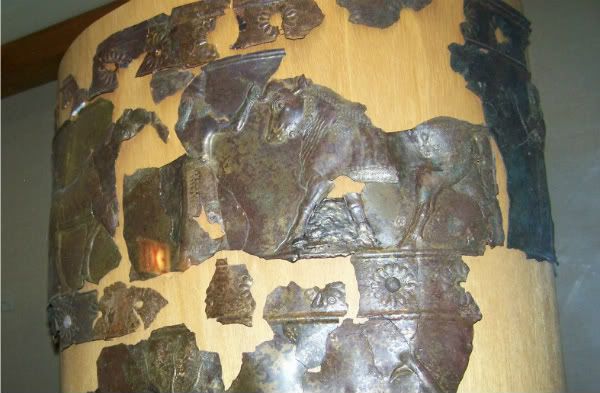

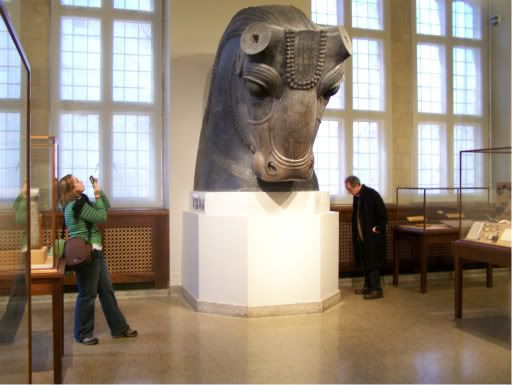

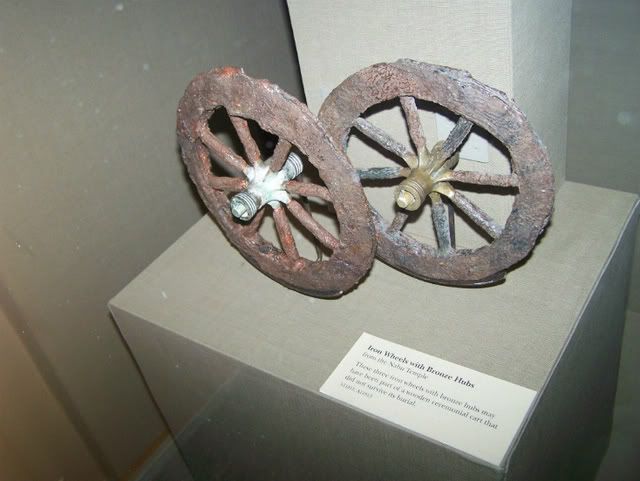
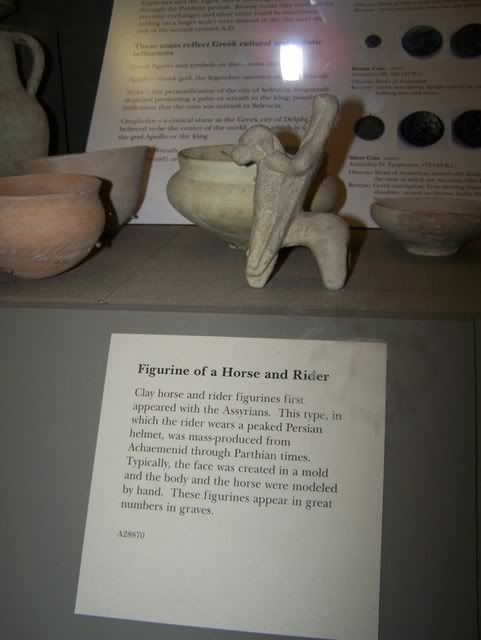
The next one's hard to see, but it shows a guy on horseback.
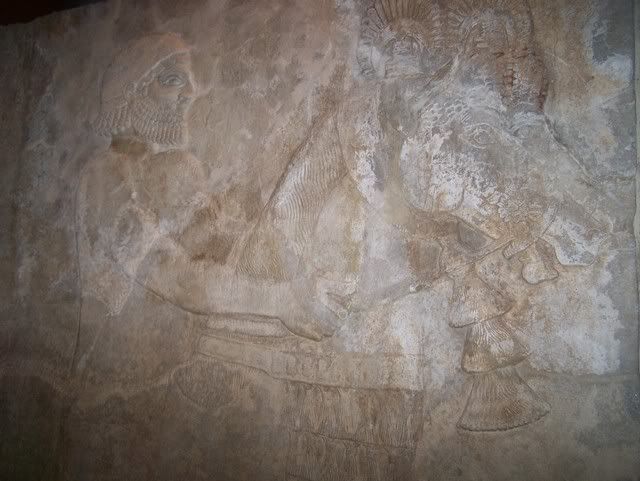
This one shows a horse-drawn chariot:
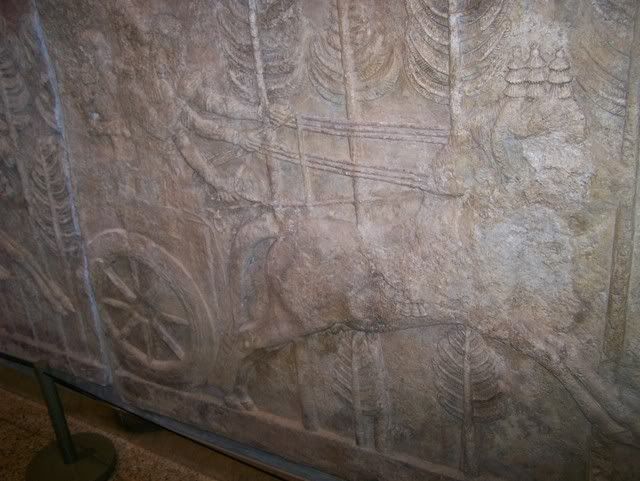
The next artifact was once a wooden chariot wheel, but the wood has rotted away. It was originally round.

This is a rein ring with a horse figurine on top:

These exhibits raise serious questions about the apologist claim that domesticated horses in ancient America might have left no traces. Ancient Mesoamerican iconography is chock full of depictions of animals. Why no horses? Why are there no figurines, rein rings, chariot wheels, or horse-related statues and reliefs? Even if their bones had dissolved, horses would surely have left other indelible evidence in the cultural record of the societies that tamed them. Since there is no such evidence, I can only conclude that there were no horses.